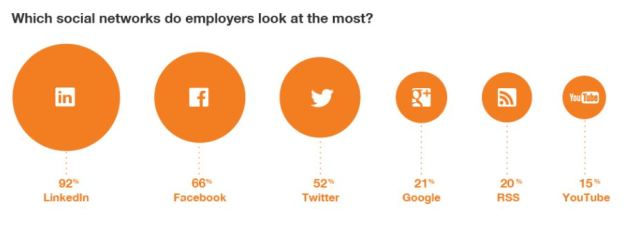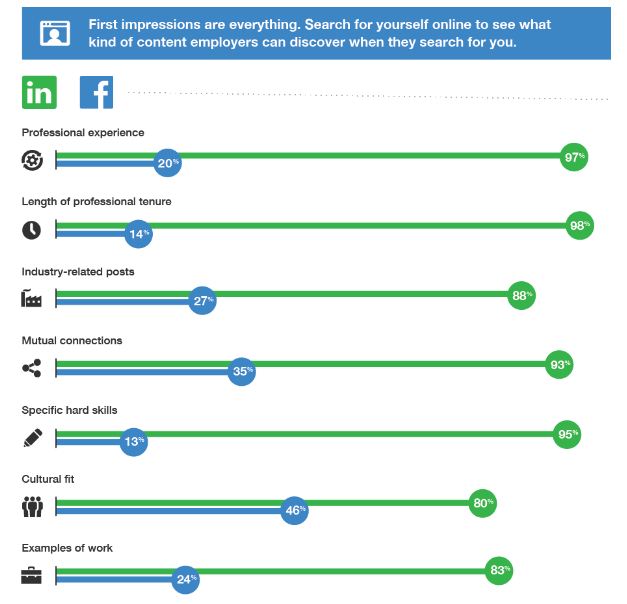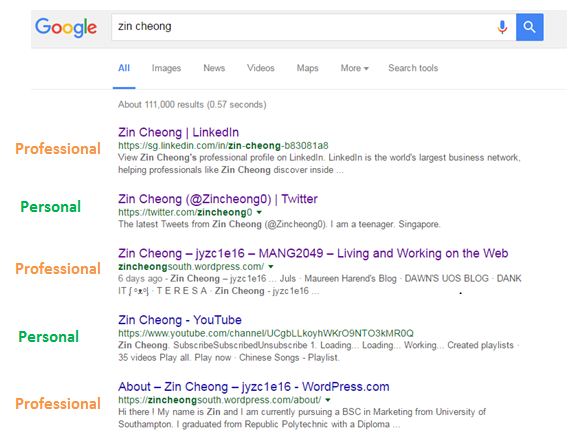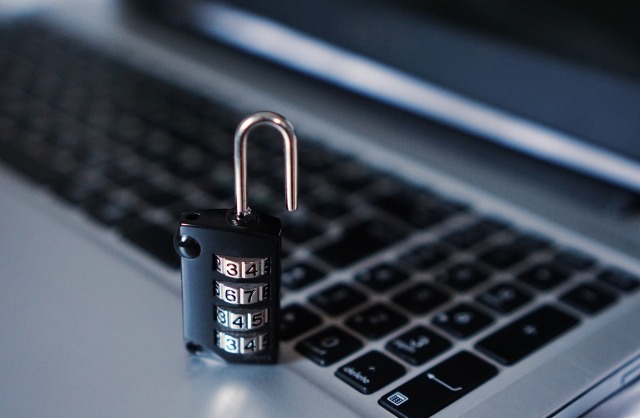Before this module, I did not have any experience in blogging about academic topics. In the following, I will be discussing the process of writing the blog posts.
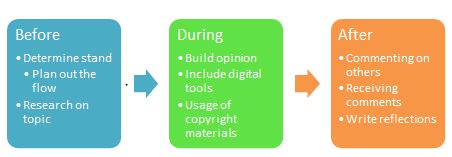
Firstly, before writing the blog post I am required to do research on the topic. Before researching, I have to analyze the question posted and create an opinion about it. This action allows us to question the approach to take for this topic; which leads to the flow of the post. After getting a gauge on how to tackle this topic, I will continue to research for relevant information to support our stand. Getting relevant data from the internet is difficult, as some information might be biased and untrue. One way I have learned, for selecting relevant evidence is to alway take from a primary source and not secondary.
Secondly, during the process of writing the post I have to add my opinion on that topic. This opinion can be developed by critiquing the question, although I am guilty especially in the first few post; where I wrote what other people think about this topic and not my opinion of it. I got carried away with all the information I researched, so to prevent it I constantly remind myself that it is good to include these pieces of information to support but it shouldn’t be the main bulk of my post.
Previously I also did not know how to create graphics/digital tools that help my audience understand my post better.Particularly in my first few blog post, I did not use pictures to strengthen my argument. But subsequently, I added relevant graphics that help support the points I made. Initially, the task of creating infographics and even comics was intimidating because I did not have any experience creating such materials. But after getting the hang of it, I realized how easy and important in adding value to the post.
Additionally, I have also gained a greater understanding towards copyrighted materials online. There is a statement that stuck with me, “You cannot just pluck what you found on Google images and put it in your post, you have to credit and ask permission from that person”. Therefore I make an effort to make sure I am compliant with copyright rules.
Lastly, from the exchange of comments from my coursemates; I understand how they view this topic which might be different from your post. I realized how everyone is curious and they try to get a better understanding by questioning each other’s work. This is a form of collaboration, as we are providing feedback and helping each other to learn. By writing the reflections, it further builds your understanding with the different perspective of that topic.




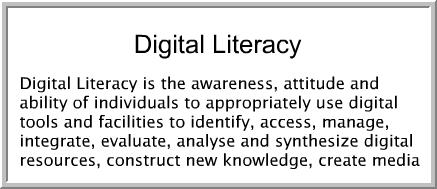









 (numbers from
(numbers from 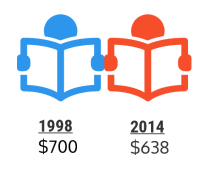 (numbers from
(numbers from 







